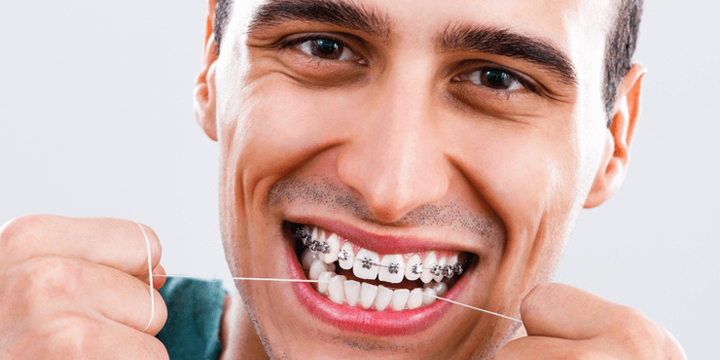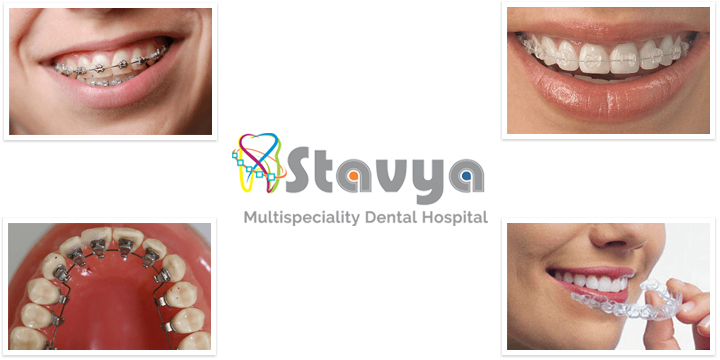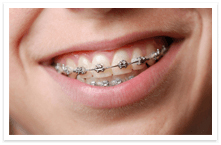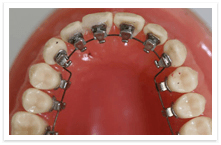1. What is Invisalign? (The Basics)
- Clear and Simple Explanation: Start by defining Invisalign as a modern orthodontic treatment that uses a series of clear, custom-made aligners to gradually straighten teeth. Emphasize that they are a discreet alternative to traditional metal braces.
- How it Works: Briefly explain the process: a consultation with an orthodontist, 3D digital scans of the teeth, the creation of a personalized treatment plan, and the fabrication of a series of aligners. Mention that each set of aligners is worn for a specific period (usually 1-2 weeks) before moving to the next set in the series.
- Key Advantages Highlighted: Immediately point out the main benefits that attract people to Invisalign, such as their near invisibility, removability, and often more comfortable treatment experience compared to traditional braces.
2. Why Choose Invisalign? (The Benefits in Detail)
- Aesthetics: Elaborate on the “invisible” aspect. Discuss how they are less noticeable than metal braces, boosting confidence during treatment, especially for adults and teenagers concerned about their appearance.
- Comfort: Explain that Invisalign aligners are made of smooth plastic, which minimizes irritation to the cheeks and gums, unlike the wires and brackets of traditional braces.
- Removability: Emphasize the convenience of being able to remove the aligners for eating, brushing, and flossing. This allows for a normal diet without restrictions and makes maintaining good oral hygiene much easier, reducing the risk of cavities and gum disease during treatment.
- Predictable Treatment: Mention the use of 3D digital imaging technology, which allows orthodontists to create a precise treatment plan and even show patients a virtual representation of their expected results before starting.
- Fewer Orthodontist Visits: While regular check-ups are still necessary, Invisalign often requires fewer emergency appointments compared to traditional braces, as there are no wires to break or brackets to come loose.
3. The Invisalign Treatment Process: What to Expect
- Initial Consultation: Describe what happens during the first visit, including an examination of the teeth, discussion of treatment goals, and potentially initial scans or X-rays.
- Creating Your Custom Treatment Plan: Explain how the 3D digital scans are used to create a detailed treatment plan, mapping out the precise movements of your teeth over time.
- Receiving Your Aligners: Describe the delivery of the series of custom-made aligners and the instructions on how to wear and care for them.
- Wearing Your Aligners: Detail the recommended wear time (usually 20-22 hours per day) and the importance of consistency for successful treatment.
- Progress Checks: Explain the schedule of follow-up appointments with the orthodontist to monitor progress and receive the next sets of aligners.
- The Refinement Process (if needed): Mention that sometimes, after the initial series of aligners, a refinement stage with additional aligners may be necessary to achieve the desired final alignment.
- Retention: Emphasize the importance of wearing retainers after completing Invisalign treatment to maintain the new alignment of the teeth.
4. Who is a Good Candidate for Invisalign?
- Addressing Different Malocclusions: Explain that Invisalign can treat a wide range of orthodontic issues, including:
- Crowded teeth
- Gaps between teeth
- Overbite
- Underbite
- Crossbite
- Open bite
- Age Considerations: Discuss that while often popular with adults and teens, Invisalign can also be an option for some younger patients, depending on their specific needs and dental development.
- Importance of Consultation: Stress that the best way to determine if Invisalign is right for an individual is through a consultation with a qualified orthodontist.
5. Caring for Your Invisalign Aligners and Teeth
- Cleaning Your Aligners: Provide instructions on how to properly clean the aligners (e.g., rinsing, using a soft toothbrush and mild soap or specialized cleaning solutions).
- Maintaining Oral Hygiene: Remind readers of the importance of brushing and flossing their teeth regularly, especially before reinserting the aligners after eating.
- Eating and Drinking: Advise on removing the aligners before eating or drinking anything other than water to prevent staining and damage.
- Storing Your Aligners: Suggest using the provided case to protect the aligners when they are not being worn.
- Avoiding Harmful Habits: Discourage chewing on the aligners or exposing them to excessive heat.
6. Invisalign vs. Traditional Braces: A Brief Comparison
- Create a concise table or bulleted list highlighting the key differences between Invisalign and traditional metal braces in terms of:
- Appearance
- Comfort
- Removability
- Oral Hygiene
- Dietary Restrictions
- Treatment Duration (can vary for both)
- Cost (can be comparable)
- Complexity of Cases (Invisalign can now treat many complex cases)
7. The Cost of Invisalign Treatment
- Acknowledge that the cost of Invisalign can vary depending on the complexity of the case, the length of treatment, and the location of the orthodontist.
- Mention that many dental insurance plans offer coverage for orthodontic treatment, which may include Invisalign.
- Suggest discussing payment options and financing plans with the orthodontist’s office.
8. Getting Started with Invisalign
- Encourage readers to schedule a consultation with an experienced orthodontist to learn more about Invisalign and determine if it’s the right treatment option for them.
- Suggest looking for orthodontists who are certified Invisalign providers.







